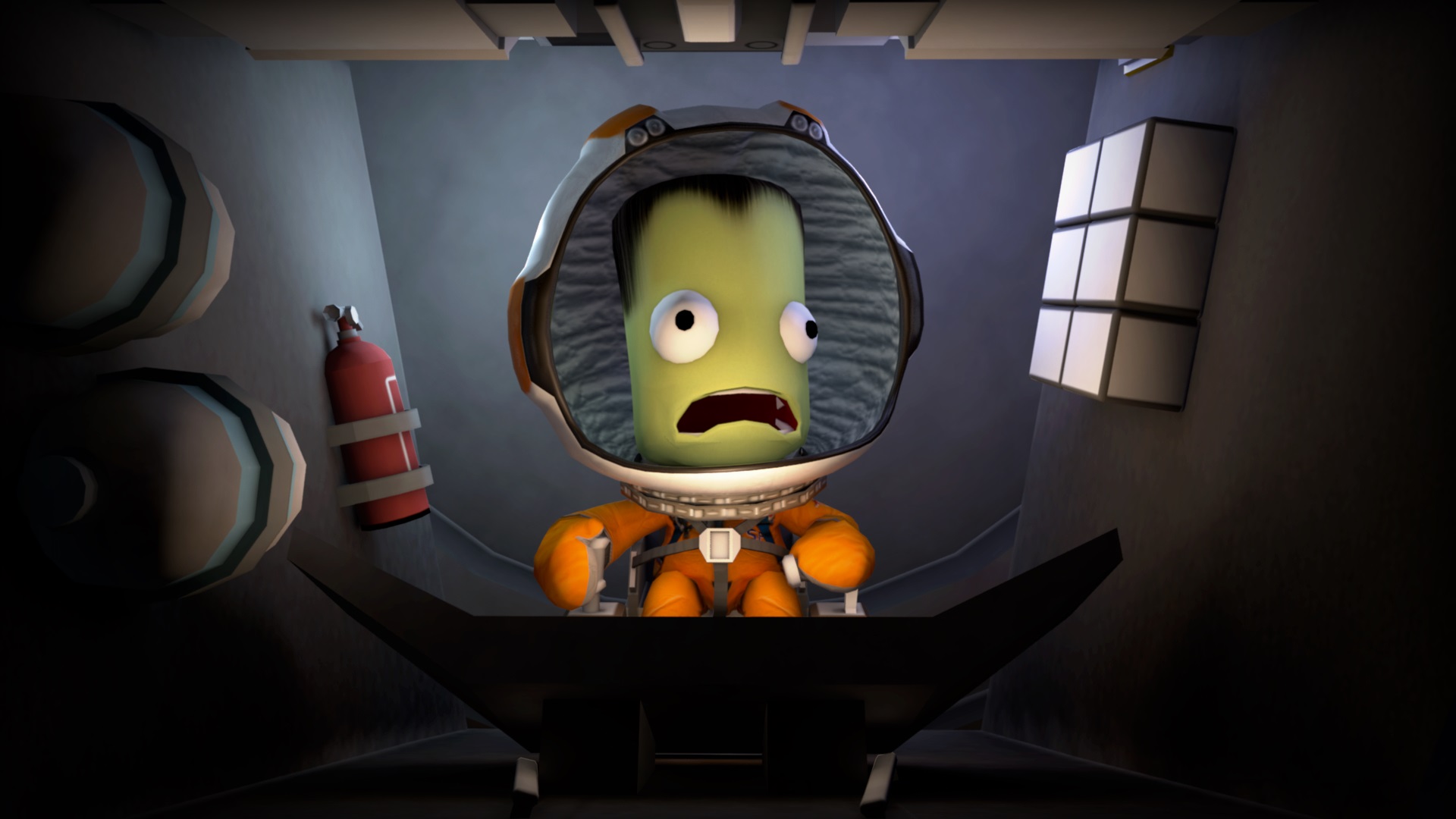

module takes the angular acceleration of the ship into account and tries to apply a force against it. Since the summed integral value is set to zero when SAS is turned on, the controller will attempt to lock the vessel's heading to whatever it was when SAS was turned on. Since the integral of speed is position, this corrects the vessel's heading (angle is the integral of angular velocity). module increases the corrective force the longer the ship is off-target. In other words, the faster the ship is spinning, the harder the module tries to correct the spin. module applies a turning-force that is proportional to the speed of rotation. The PID is applied to the vessel's angular velocity, not its heading. system, which stands for “Proportional, Integral, Derivative”. Though manned command modules will tend to be at the front of the craft for visibility in IVA, SAS modules in general are best placed close to the center of mass, especially those with more torque. Placement should be considered while building craft in the editor.

Pilot kerbonauts have a levelled progression of directions they can point toward.īeware, having SAS activated while deploying a parachute may cause the parachute to rip off due to the SAS attempting to stabilize the craft's sudden rotation to orient in the wind. But the user can select other vectors depending on the capabilities of the probe core/pilot such as prograde, retrograde, normal, antinormal, radially in/out, and target prograde/retrograde. By default "stability assistance" is selected and stabilizes on the current heading. If only "stability assistance" is available, no selectors will appear. While SAS is turned on, if any capabilities are available beyond stability assist, a direction selector will appear to the left of the navball. The current state of the SAS system is shown by a blue light on the navball. The system can be toggled with (by default) the Template:Key press key and temporarily switched by holding down the Template:Key press key (for example, if SAS is on, holding F will turn it off, and releasing F will turn it back on).

Discover a whole star system with unique moons and planets, exploring detailed terrain at a vast scale.Manage your Kerbal crewmembers, including hiring, training, and sending them into space to become heroes.
ALL KERBAL SPACE PROGRAM CONTROLS FULL
ALL KERBAL SPACE PROGRAM CONTROLS FREE
In Sandbox, you are free to build any spacecraft you can think of, with all parts and technology in the game. In Career Mode, oversee every aspect of the space program, including construction, strategy, funding, upgrades, and more. In Science Mode, perform space experiments to unlock new technology and advance the knowledge of Kerbalkind. Kerbal Space Program features three gameplay modes. Launch your Kerbal crew into orbit and beyond (while keeping them alive) to explore moons and planets in the Kerbol solar system, constructing bases and space stations to expand the reach of your expedition. You have access to an array of parts to assemble fully-functional spacecraft that flies (or doesn’t) based on realistic aerodynamic and orbital physics. In Kerbal Space Program, take charge of the space program for the alien race known as the Kerbals.


 0 kommentar(er)
0 kommentar(er)
